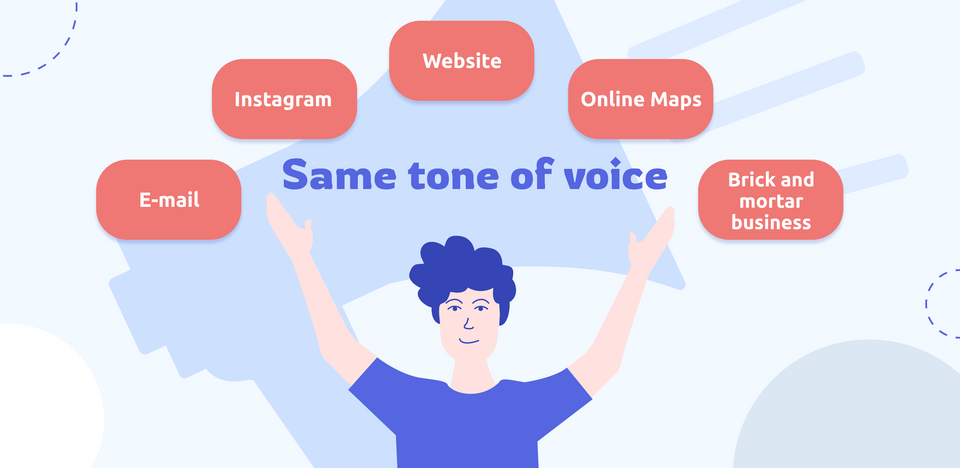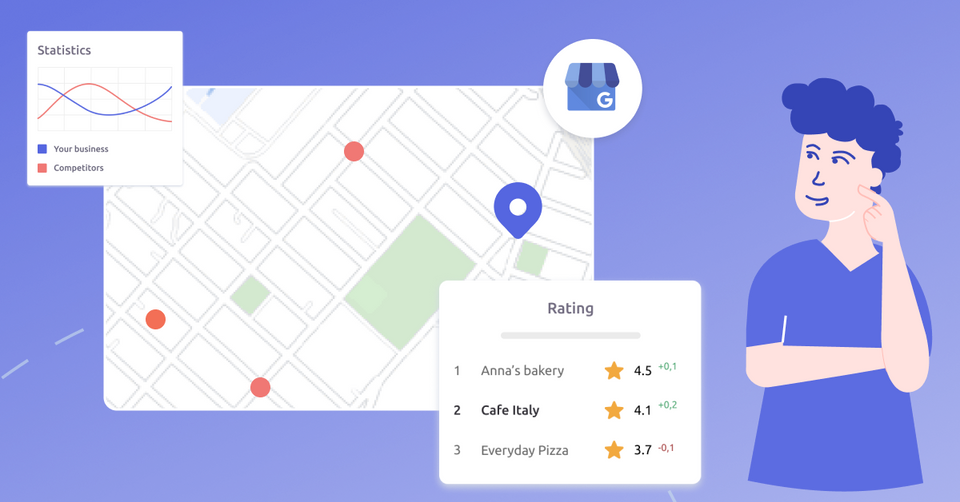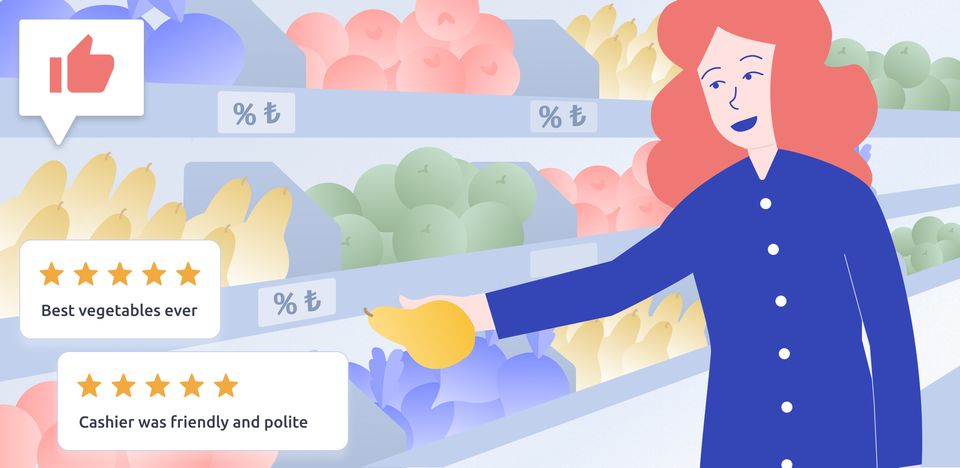There are a few easy steps on how to implement the Omnichannel CX Strategy:
Define your target audience
You need to understand your audience first and foremost. Who are your customers? What channels do they use? How do they discover you? Moreover, you also need to know more specific information about them in order to be able to offer your services at the appropriate time. Among this information, you would need age, gender, location, language, specific interest, browser, and device. Seems like a lot but if you already have customers lots of analytical tools could help you with that. For instance, with Google Analytics you could find all the characteristics of your highest converters.
Know your Competitors
You also need to know which channels are competitors using to acquire the same traffic. Maybe they have already done and tested most of the work for you :) Nowadays, you can get lots of data on what competitors are doing using SpyFu, Semrush, and SimilaWeb. These tools will show you which networks are being used the most (advertising) and where they are getting traffic from. Not too bad for a start. Also, combine these insights with the knowledge of your audience. Who they are, where they are. Maybe you could find new channels, that one of your competitors is using, but your product could fit there even better. So, go get these tools a shot.
Make a proper offer
You should only make your clients a proper offer. That’s the initial step based on everything that you’ve learned before. That’s also probably something that your competitors are already doing. You also need to make a cool one, something that customers could learn from and that also looks good. For these purposes, you could use a lead magnet. In a B2B marketing campaign among these lead magnets you could make:
- Calculators and quizzes
- Events
- Industry Cases
- Awards
If customers would share that you would get additional exposure and customers would get a commodity that they have been looking for. So, clearly, it’s a win-win situation. If you want to learn more about lead magnets, we recommend you to check out this article by Search Engine Journal.
So, you discovered new channels. Don’t forget about their advertisement capabilities. Set up a standard set of marketing campaigns (email, target, content, etc.) and see how customers react to these and to the new product that they haven’t seen before. No one can guarantee you certain results out here but you will definitely learn a lot along the way. Even if you wouldn’t get any sales going on, you would get some valuable insights and move on. Still keep your presence in this channel, but if there is no reply just don’t use active means of advertisement with highly targeted campaigns, etc.
Keep in touch
You’ve done all of the above-mentioned steps. You updated your offer, found a couple of new channels to distribute your product, and check the response of customers from there. Cool, you definitely learned a lot along the way. Moreover, you also discovered that some channels work really well for you and some don’t. But don’t stop out here and keep your presence active! Engage with customers by posting interesting cases and funny memes about your industry and product (well, of course depending on social networks). Reply to customer comments and prepare special offers for them. Nurture your community and sooner or later it will nurture you.
Conclusion
Nowadays you should help consumers find you. Give them a chance to have personalized communication and a 1:1 proposition on various messaging apps: Facebook, WhatsApp, Instagram, Google Business messages, and some more. If you establish these channels but wouldn’t manage the same branding and tone of voice across all of that - that’s a multichannel customer experience. If you would maintain the same tone of voice and keep consistent branding everywhere that’s already the next step and you would provide your customers with an omnichannel customer experience. That’s more time and money-consuming. However, if you feel like you’re ready to test it you shouldn’t regret it. Most of the statistics tell that eventually, it has more benefits to you and to your customers.





